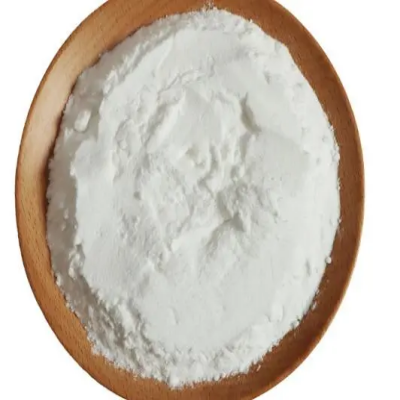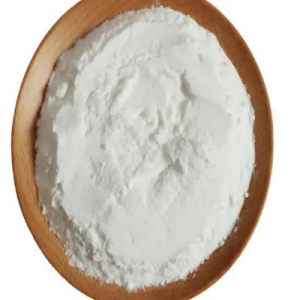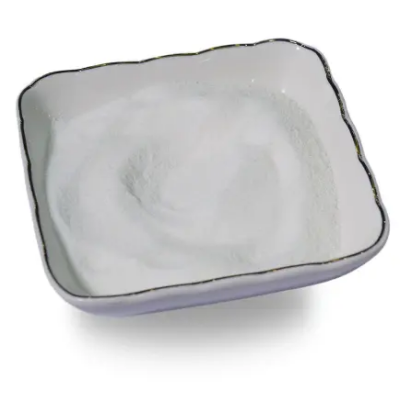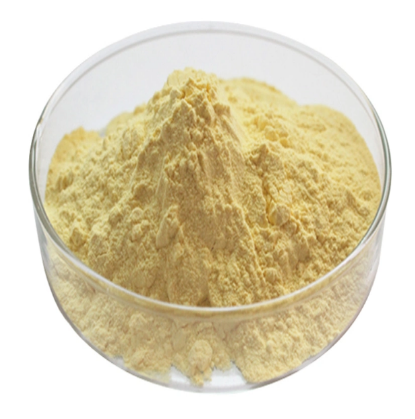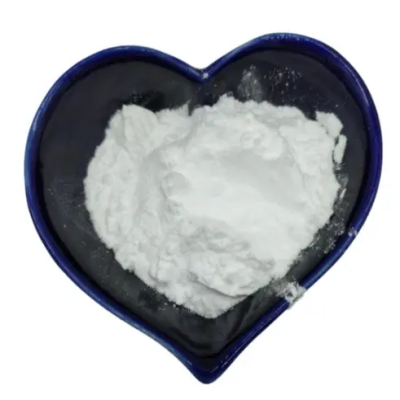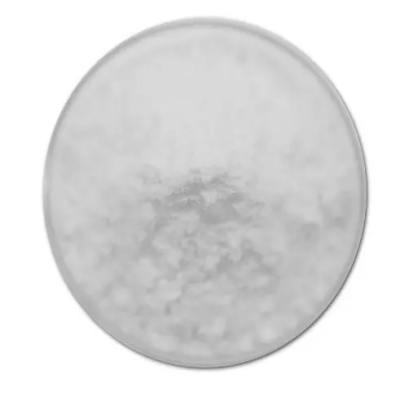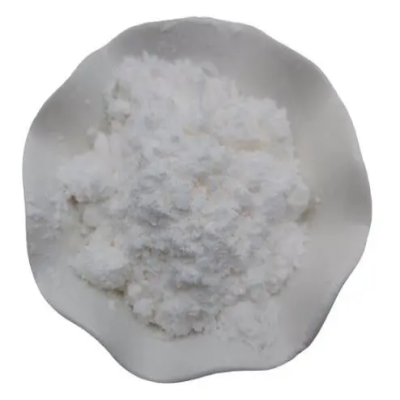Nafcillin sodium salt CAS:7177-50-6
Nafcillin sodium salt is typically administered intravenously or intramuscularly under the supervision of healthcare professionals. It is crucial to follow the prescribed dosage and administration instructions provided by a qualified medical practitioner. This antibiotic is commonly used for severe bacterial infections such as cellulitis, osteomyelitis, endocarditis, and bloodstream infections caused by susceptible organisms. Before using Nafcillin sodium salt, healthcare providers will assess the patient's condition and determine the appropriate dosage regimen based on factors like the type and severity of the infection. The medication is usually administered at regular intervals to maintain therapeutic blood levels and combat the bacterial infection effectively. Patients should complete the full course of treatment as prescribed, even if symptoms improve before the medication is finished. It is essential to monitor for any signs of allergic reactions or adverse effects during treatment with Nafcillin sodium salt. If any unexpected reactions occur, inform the healthcare provider immediately. Proper storage of the medication is crucial to maintain its potency, and it should be kept at the recommended temperature away from light and moisture. Consulting a healthcare professional for guidance on the correct use of Nafcillin sodium salt is advisable to ensure safe and effective treatment of bacterial infections.



| Composition | C21H25N2NaO6S |
| Assay | 99% |
| Appearance | white powder |
| CAS No. | 7177-50-6 |
| Packing | Small and bulk |
| Shelf Life | 2 years |
| Storage | Store in cool and dry area |
| Certification | ISO. |


